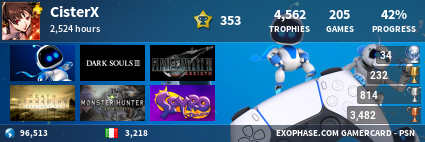Fils-Aime explained that Nintendo started out by identifying the price they want to be at--$300 in the United States--and worked to reach it. There are certain things that simply couldn't be left out of the package, like the Joy-Cons and various cables.
"The first decision that we make is, where do we want to be in terms of the hardware price point that's going to be approachable and hit the marketplace we want? And from a US price point, we wanted to be at $299," he said. "Certainly, lower is always better, but at a $349 or $399 price point, we just didn't feel that was the right place to be. So we start there. And then it's all about, what's going to be included? Obviously the inclusion of the two Joy-Con, critically important; all the right cables, the dock, critically important. We also have to do this from a financial perspective as well. Once we got to that bundle, it really needed to be at $299 without a piece of software."
"You make the comment about Wii Sports, and certainly, the analogy that it's a great utilization of the Joy-Con and shows off the capabilities of the system, that is absolutely true," Fils-Aime said. "I would say, though, that 1, 2, Switch has many more experiences--it's a wider pallet of experiences, potentially more akin to Wii Play than to Wii Sports. And, again, from that standpoint, Wii Play was a standalone piece of software both with a controller at the time and without, so that's probably the better analogy."













